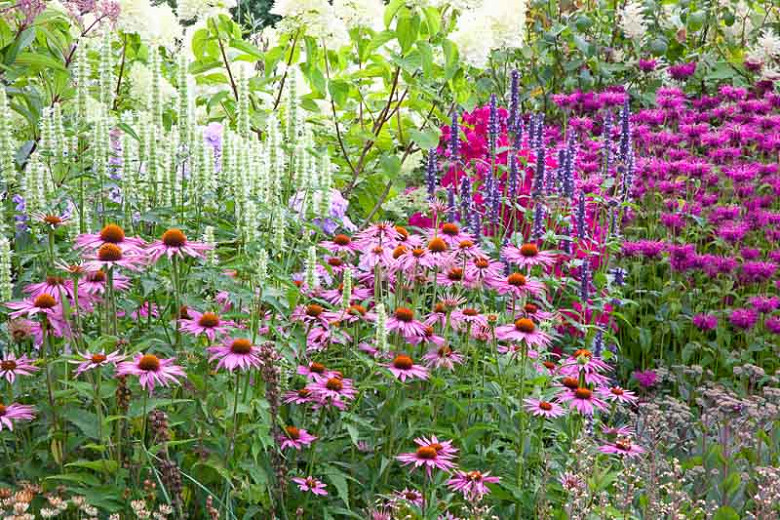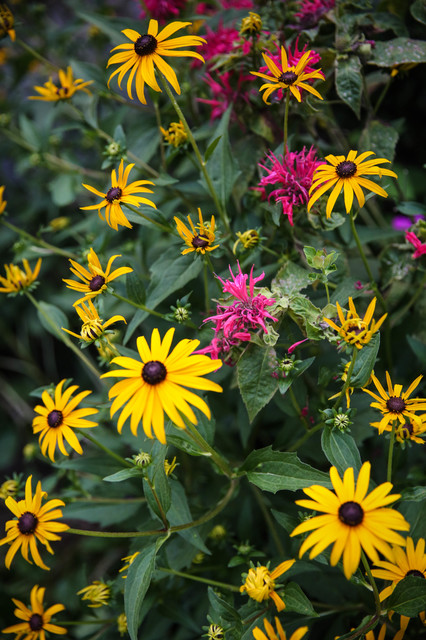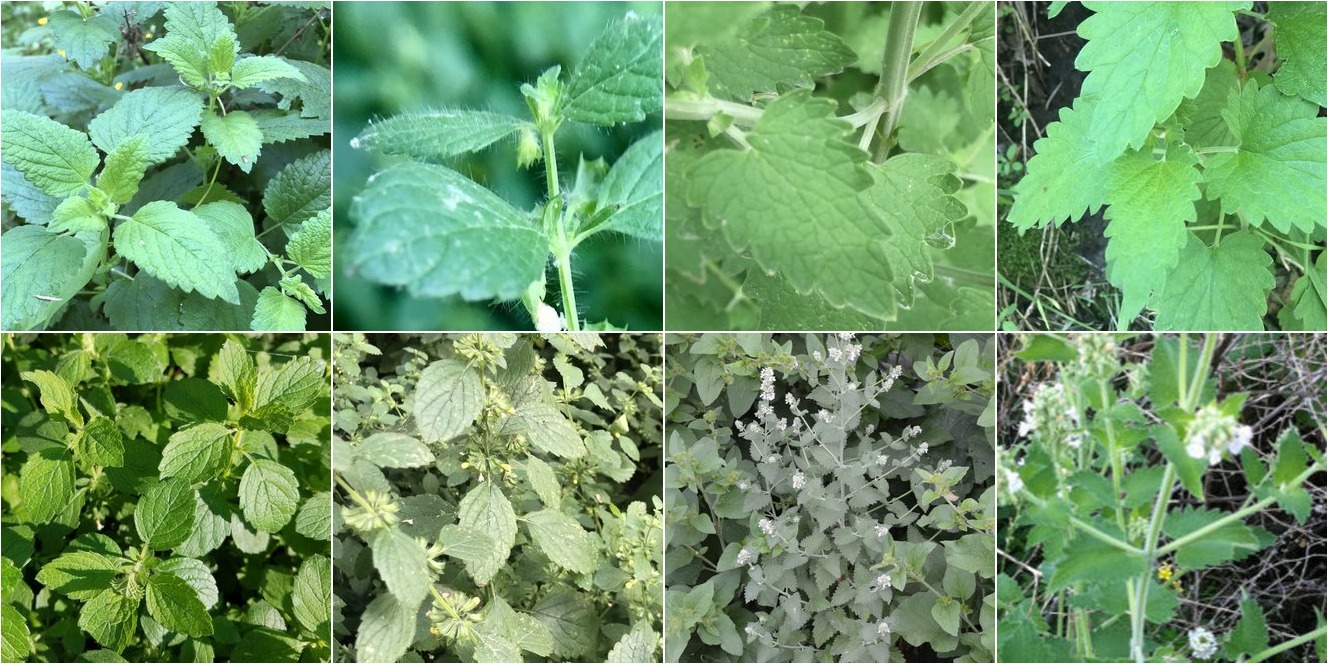Best Bee Balm Companion Plants
Title: Best Bee Balm Companion Plants
Introduction:
Bee balm (Monarda didyma) is a beautiful and versatile plant that is native to North America. It is a member of the mint family and is known for its fragrant, brightly colored flowers. Bee balm is also a popular choice for companion planting, as it can benefit a variety of other plants.
In this blog post, we will discuss some of the best companion plants for bee balm. We will also provide some tips on how to plant and care for these plants together.
Main Content:
Here are some of the best companion plants for bee balm:
- Tomatoes: Tomatoes and bee balm are a great combination, as they both attract beneficial insects and repel pests. Bee balm can help to deter aphids, spider mites, and whiteflies, which can be a major problem for tomatoes. In return, tomatoes can provide bee balm with the nitrogen it needs to thrive.

- Peonies: Peonies and bee balm are both tall, flowering plants that bloom in the summer. They can be planted together to create a colorful and eye-catching display. Peonies can help to shade the roots of bee balm, which can be beneficial in hot climates. Bee balm can also help to attract pollinators to the peonies, which can help to improve their fruit production.

- Echinacea: Echinacea and bee balm are both native North American plants that have medicinal properties. They can be planted together to create a beautiful and functional garden. Echinacea can help to deter deer and rabbits, which can be a problem for bee balm. Bee balm can help to attract pollinators to the echinacea, which can help to boost its immune system.

- Lilacs: Lilacs and bee balm are both fragrant plants that bloom in the spring. They can be planted together to create a sensory overload in your garden. Lilacs can provide shade for the bee balm in the afternoon, which can help to prolong its blooming period. Bee balm can help to attract pollinators to the lilacs, which can help to improve their flower production.

- Penstemon: Penstemon and bee balm are both nectar-rich plants that attract a variety of pollinators. They can be planted together to create a haven for bees, butterflies, and other beneficial insects. Penstemon can help to deter pests such as aphids and spider mites, which can be a problem for bee balm. Bee balm can help to improve the drainage of the soil for penstemon, which can help to prevent root rot.

In addition to these plants, bee balm can also be planted with a variety of other herbs, annuals, and perennials. Some good choices include:
Conclusion:
Bee balm is a versatile and beneficial plant that can be used in a variety of ways. When used as a companion plant, it can help to improve the health and productivity of other plants. If you are looking for a way to add beauty, fragrance, and function to your garden, bee balm is a great option.
Home Gardening



Post a Comment for " Best Bee Balm Companion Plants"